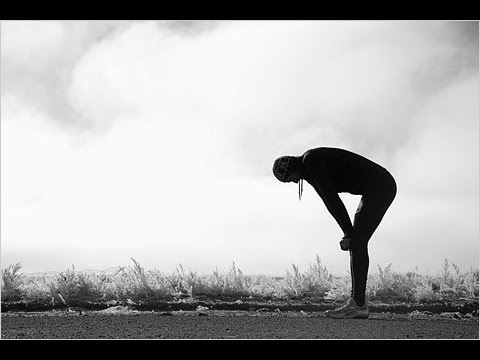Running and Friendly Links
Do you need an article or blog post written? I offer these services at reasonable rates. Interested? Hire Me!
7 Ways to Recover From a Run
How to Stay Healthy and Injury-Free

Running can be a mystery no matter how long you have been out there pounding out the miles. Some days you start out feeling strong and then things inexplicably go downhill. Other days the opposite—the little nagging voice in your head gives you a million reasons to take a rest day but you soldier on and within five minutes you feel like Superman.
Regardless of what kind of workout you have, it’s important to recover immediately afterwards and in some cases all day long. It doesn’t matter if you need to recover from a 10K, a training run, or a marathon. The take-away is that you want to stay injury-free.
Just like the good habit you should have adopted by now of warming up for your run, it is equally important to cool down and begin your recovery. Here are seven tried and true ways to do just that.
Cool Down.
Did you think that the end of your run is the end of your workout? Wrong. A Well-thought-out cool down is an extremely important key step to jump-starting your recovery and avoiding injury. What works for you is the important thing.
Your routine can include drills, static or dynamic stretching or walking, just to name a few. This will steady your heart rate as well as preventing tight muscles post-run. Myself, I prefer to walk up to a mile. This is a good time for me to plan my day, appreciate nature and bask in that endorphin glow.
Refuel to Replace Glycogen.
Like most runners, you likely do not feel like chowing down on a full meal right after concluding your run. But in order to replenish your glycogen reserves (your primary run fuel), consume a balanced mix of carbs and protein (3:1 or 4:1 ratio) within fifteen or twenty minutes.
On a diet? Don’t worry, within this narrow time frame, simple carbs fill up your fuel reserves not your fat cells. If you do’t want anything solid, chocolate milk has the right ratio.
Take Time to Rehydrate.
One thing you are sure to do when you run is sweat (or perspire if your self-image demands it). Obviously, sweating equates to losing valuable fluids. Hydrating is a key component of any type of physical activity.
This will help you to avoid muscle cramps, experience extreme fatigue and dizziness or fainting. Keep sipping on water or your favorite beverage whether it is the latest electrolyte miracle or your personalized homemade sports drink. You’ll know you are good when your pee is its normal color once again. How’s that for a scientific analysis?
Stretch ’Em Out.
Stretching after a run is a good investment in your time even if you have palaces to go and people to see. It will increase your flexibility as well as your range of motion and as a bonus it releases those endorphins that you worked so hard for.
Stretching relaxes, improves your mood and reduces stress. You probably have your own routine; mine is predominately made up of yoga poses. Specifically, the ones that target the muscles and connective tissue that are involved in running.
A chiropractor friend of mine once said, “Old people don’t only break bones because they have become brittle, it’s also because they have lost their flexibility. It’s the double whammy.” Sad but true.
Embrace Active Recovery.
Although you might think that recovery means hanging out on the couch for the remainder of the day you would be wrong. Many studies have demonstrated that active recovery methods will dramatically lessen muscle fatigue and soreness.
But what is active recovery? It is really fairly simple. It just means getting up and moving around. Don’t give those muscles time to tighten up. If you are at the office get up every twenty minutes or so and refill your coffee cup or water bottle. Take a short walk at lunchtime. Do some light stretches.
Listen to Your Body and Respond Appropriately.
Our bodies are always adapting from our normal activities, not just running although running will make you more aware. Being aware of things that just don’t sit well can help you adapt as part of your recovery routine.
Make note of any pains that you might be experiencing. Should you add another targeted stretch to your routine? Should you spend some time with an ice pack?
Indulge Yourself in a Recovery Run.
The day after a particularly satisfying long run or half marathon you might feel invincible and be itching for another powerful experience in your training run. Don’t. Do your self a favor and enjoy a slow and short recovery run.
We shouldn’t look on what we do to recover from a run as a strategy to gain an athletic advantage in our next race. Rather, it should on it as a permanent routine to keep us injury-free, healthy and happy. Do you have any more tips on recovering from a run? Share them in the comment section below!
Visit Kelly's profile on Pinterest.
Recommended Related Articles
- Glycemic_Index Key to Energy and Endurance
- How to recover from a Marathon
- How to Recover from a 10K Race or Long Run
- Tim Noakes Ten Laws of Running Injuries: Law One
Did you find this article helpful? Thanks for supporting this free site with a small donation!
Website © 2010 KSmith Media, LLC; all rights reserved.








